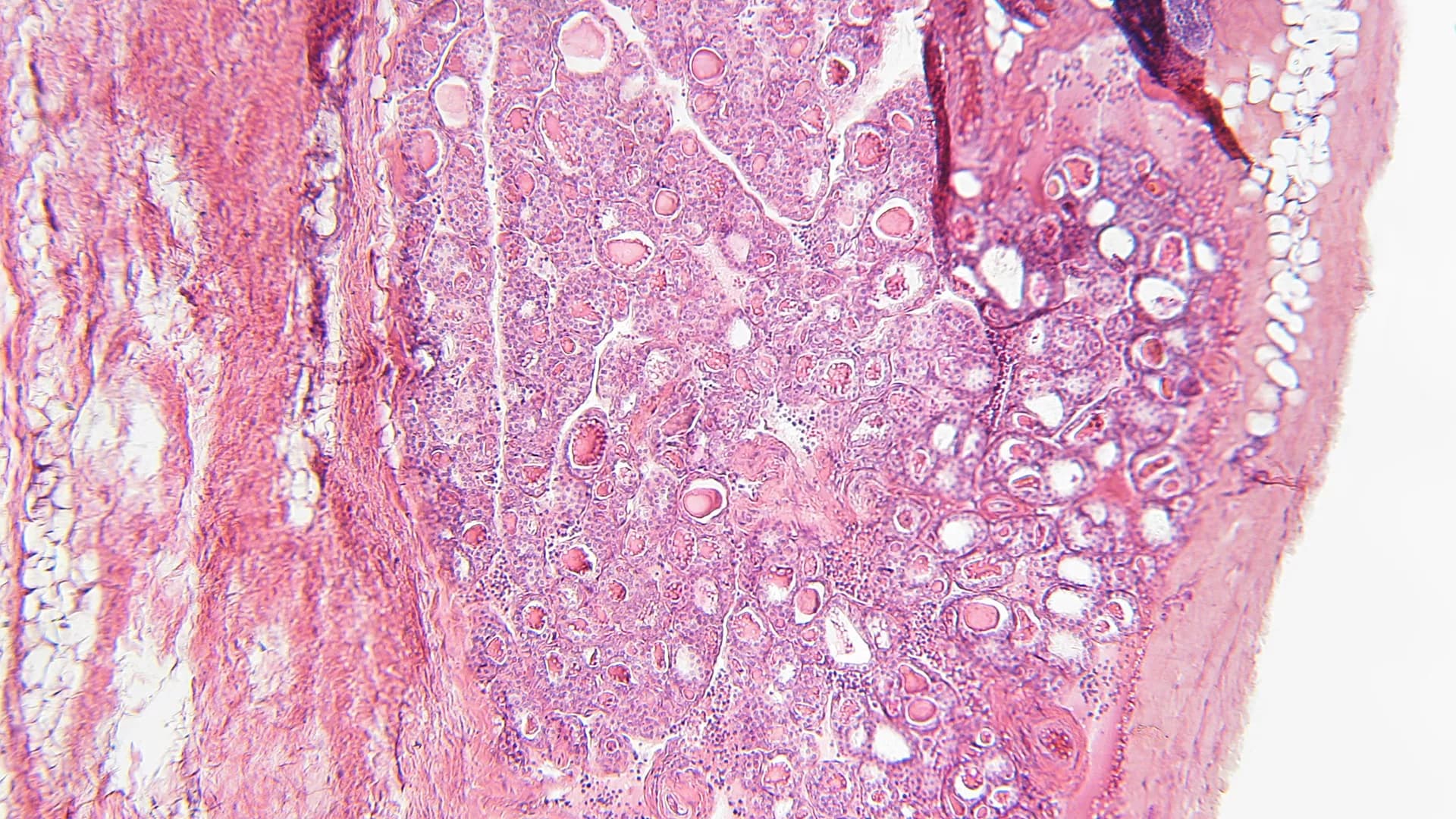Known as the “roof of the world,” the Tibetan Plateau is the highest and largest plateau on Earth. Tibetan Plateau hosts several mountain ecosystems characterized by high elevations, cold conditions, and a wide range in water availability. Its unique physical and geographical environment includes ecosystems typical for alpine regions, classified as alpine grasslands, which account for 50-70% of the total land area of the Tibetan plateau. Most of these grasslands contain fragile tundra-like environments which are seriously affected by anthropogenic modifications and whose restoration presents a challenge. These natural grassland types include alpine deserts, alpine steppes, alpine meadows, and alpine swamp meadows along precipitation gradients, as well as the transition types between them. Alpine grasslands remain subject to severe degradation by multiple factors, mainly overgrazing and climate warming. As a result, grasslands exhibit a decreased capacity to support biodiversity and complexity, and more generally, ecosystem functions. Therefore, these changes also affect social and recreational activities and restrict access to clean water and food by local communities.
This Research Topic aims to (1) describe the current state of vegetation-based degradation in alpine grassland, (2) explore and investigate the causes of such degradation, and (3) assess or test the potential solutions for a suitable ecosystem restoration or the reestablishment of local plant communities.
This Research Topic accepts all articles that include the following (but are not limited to):
1. Distribution and population dynamics of alpine species, or alpine taxa associated to grassland degradation and restoration, as well as vegetation classification and distribution mapping on the Tibetan Plateau.
2. Response of alpine vegetation, as a single species or plant community, to climate change.
3. Resistance and resilience of alpine grasslands dealing with natural or anthropogenic disturbances.
4. Results of experimental designs or syntheses of current knowledge on the degradation and restoration of alpine grasslands.
5. Mechanisms of alpine grassland degradation considering origin, turning point, dynamics and driving factors, and the novel measures of restoration or biological conservation.
6. Long-term sustainability of restored sites, and the importance of post-restoration management.
Known as the “roof of the world,” the Tibetan Plateau is the highest and largest plateau on Earth. Tibetan Plateau hosts several mountain ecosystems characterized by high elevations, cold conditions, and a wide range in water availability. Its unique physical and geographical environment includes ecosystems typical for alpine regions, classified as alpine grasslands, which account for 50-70% of the total land area of the Tibetan plateau. Most of these grasslands contain fragile tundra-like environments which are seriously affected by anthropogenic modifications and whose restoration presents a challenge. These natural grassland types include alpine deserts, alpine steppes, alpine meadows, and alpine swamp meadows along precipitation gradients, as well as the transition types between them. Alpine grasslands remain subject to severe degradation by multiple factors, mainly overgrazing and climate warming. As a result, grasslands exhibit a decreased capacity to support biodiversity and complexity, and more generally, ecosystem functions. Therefore, these changes also affect social and recreational activities and restrict access to clean water and food by local communities.
This Research Topic aims to (1) describe the current state of vegetation-based degradation in alpine grassland, (2) explore and investigate the causes of such degradation, and (3) assess or test the potential solutions for a suitable ecosystem restoration or the reestablishment of local plant communities.
This Research Topic accepts all articles that include the following (but are not limited to):
1. Distribution and population dynamics of alpine species, or alpine taxa associated to grassland degradation and restoration, as well as vegetation classification and distribution mapping on the Tibetan Plateau.
2. Response of alpine vegetation, as a single species or plant community, to climate change.
3. Resistance and resilience of alpine grasslands dealing with natural or anthropogenic disturbances.
4. Results of experimental designs or syntheses of current knowledge on the degradation and restoration of alpine grasslands.
5. Mechanisms of alpine grassland degradation considering origin, turning point, dynamics and driving factors, and the novel measures of restoration or biological conservation.
6. Long-term sustainability of restored sites, and the importance of post-restoration management.









